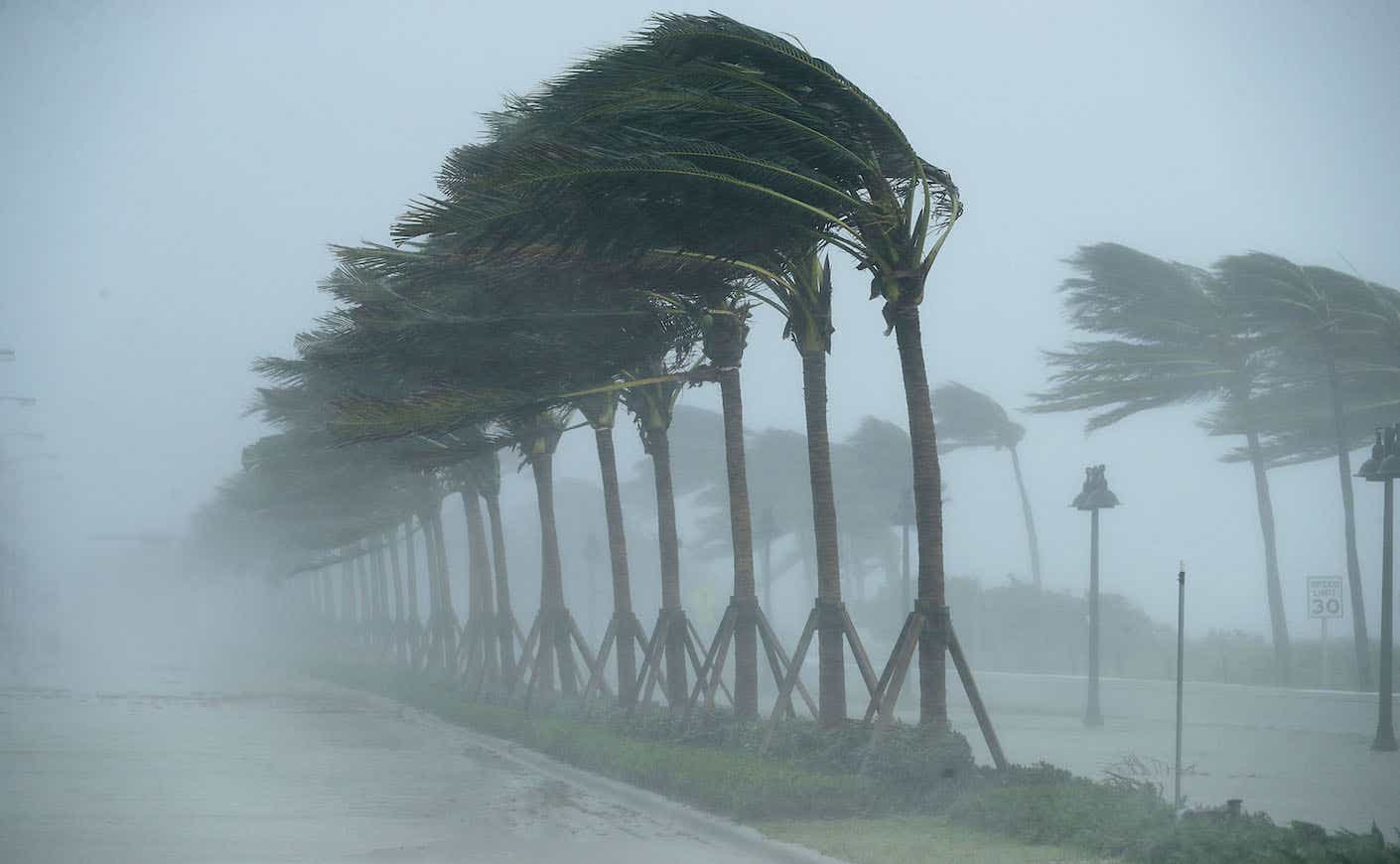Scientists don’t believe that climate change is going to increase the frequency of hurricanes every year. They do, however, believe that the same approximate number of hurricanes will become much, much stronger — and the latest climate report suggests these mega hurricanes will move farther inland than ever before.
A report on worsening hurricane winds was released this week by First Street Foundation, a nonprofit research group based in Brooklyn, New York. In the report, researchers predicted that hurricane-force winds will expose millions more properties to significant damage than they do already — and the new areas that are about to experience extreme hurricane conditions might shock you.
Here’s a breakdown of what the report says, including which areas will be hit the hardest by hurricane winds, and just how much this is going to cost us in the decades to come.
States that traditionally haven’t experienced hurricanes will likely experience them in the future
When you think of hurricanes, you tend to think of places like Florida, New Jersey, or Texas — but in the future, that’s likely to change.
According to the report, states like Illinois, Kentucky, and Tennessee will start experiencing more severe weather from hurricanes by 2053. Projections show, for example, that certain areas of Tennessee are likely to experience wind gusts of over 90 mph during strong hurricanes.
“As a strong storm comes ashore and gets cut off from its fuel source of warm ocean waters, the stronger the storm is, the better chance it has of penetrating deeper into the interior,” Ed Kearns, First Street Foundation’s chief data officer, told NBC. “So, you start to see risks show up like in western Tennessee. There are some patterns where how far inland they went kind of surprised me.”
States that already experience severe hurricanes will see worsening weather
The fact that certain states are going to start seeing more hurricane conditions in the future unfortunately doesn’t mean that other states who already experience severe hurricanes will see less of them. In fact, this report suggests that states like Florida will continue to get pummeled by those increasingly strong storms.
In the study, researchers wrote, “The [projected] shift in location and strength of hurricanes in Florida alone results in the number of properties that may face a Category 5 hurricane from 2.5 million in 2023 to 4.1 million by the year 2053.”
This spells bad news for countless cities across Florida — 20 of which are projected by the report to be the most vulnerable cities of any in the United States when it comes to major hurricane threats.
How this report predicts financial disasters, as well as natural disasters
The increasing evidence among scientists that hurricanes will become stronger and more dangerous in the future has a number of obvious consequences. Of course, one major concern is loss of life. Another major concern has to do with how much this will cost the United States — literally.
“Overall, in the next 30 years, Average Annual Loss will increase from $18.5 billion to $19.9 billion,” the researchers wrote in the report. “13.4 million properties will face tropical cyclone level wind risk that do not currently face such risk.”
The implications of this cost can feel too abstract to fully grasp. But when you remind yourself that this loss is just another way to summarize the amount of destruction inflicted upon businesses, homes, and more, the idea of the cost growing at this rate is terrifying — especially considering that this damage will increasingly take place in cities that aren’t necessarily built with hurricane-conscious infrastructure and regulations.
“This is a big deal for the insurance companies, and they’ve woken up recently to this,” Massachusetts Institute of Technology professor and meteorologist Kerry Emanuel, whose hurricane models were used in the report, said to CNN. “The estimates of risk [insurance companies] use to price properties and premiums are 50 years out of date, and the climate has changed enough to make their data useless.”
Thankfully, there’s a silver lining to the release of this report. Matthew Eby, the CEO of First Street Foundation, spoke to CNN about why he’s hopeful, despite such devastating projections. Now that this information has been made readily available, he said, there’s a chance for governmental institutions and insurance companies to start the necessary work of preparing communities to better weather the storms to come.
“We’re really hopeful that our data can do that, to have the risk illuminated for them to make the right decisions,” Eby said. “Now they’re armed with that data, they can make those smart decisions. That’s really the hope.”









